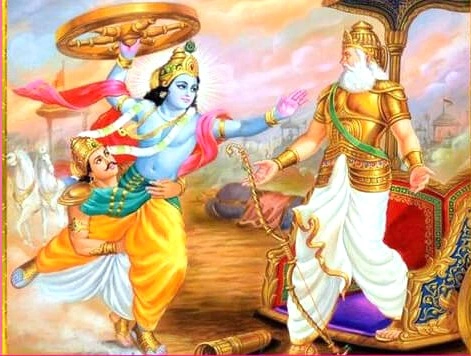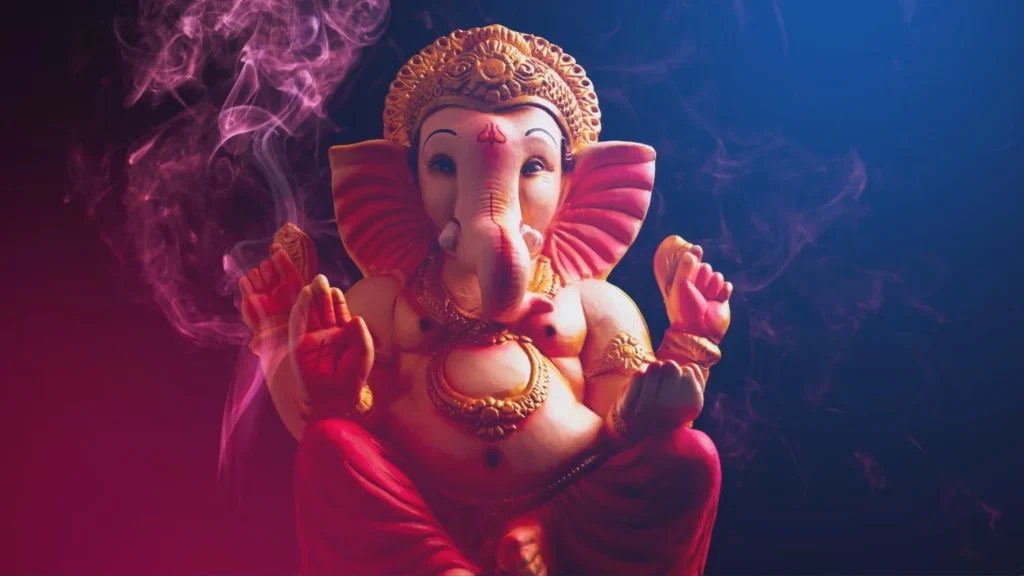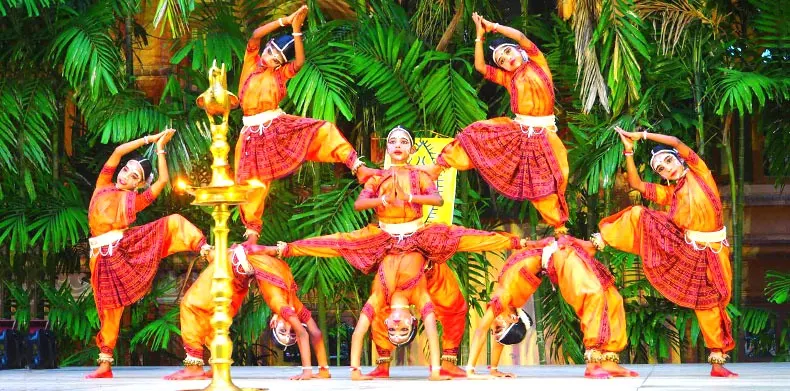
Table of Contents
A Cultural Treasure from Odisha Worth Celebrating
When we speak of classical dance in India, the elegance of Odissi often comes to mind. But few know that before Odissi found its polished form, it was Gotipua Dance that kept the roots alive. This vibrant and graceful dance form from Odisha is more than just performance art – it’s a celebration of devotion, discipline, and deep-rooted culture.
Let’s dive into the captivating world of Gotipua, where boys dress like girls and dance with divine passion.What is Gotipua Dance?
Origin and Meaning
The term “Gotipua” comes from two Odia words – Goti meaning “single” and Pua meaning “boy”. In essence, this art form is performed by young boys dressed as feminine dancers. Moreover, they portray tales of Lord Krishna and Radha with enchanting expressions and movements.
Historical Evolution
Performers have presented Gotipua in Odisha since the 16th century, particularly during the reign of King Ramachandradeva. The dance flourished in the temple town of Puri, especially as the decline of the Mahari dance tradition (once performed by women in temples) created space that Gotipua filled with new energy.
This tradition is believed to have significantly influenced the classical Odissi dance as we know it today.
Significance and Spiritual Connection
Devotion through Dance
At its heart, Gotipua is a devotional dance. Specifically, the performances revolve around the life of Lord Jagannath and the love stories of Radha-Krishna. Furthermore, the dancers embody spiritual devotion, making the art not just about grace, but also about bhakti (devotion).
Training and Discipline
Gotipua dancers start their training at a very young age, often around 6 to 8 years old. The boys live in Gurukulas, where they’re trained in music, yoga, acrobatics, and dance under the guidance of a guru. The training is intense and holistic – building both the body and the mind.
Costumes and Style
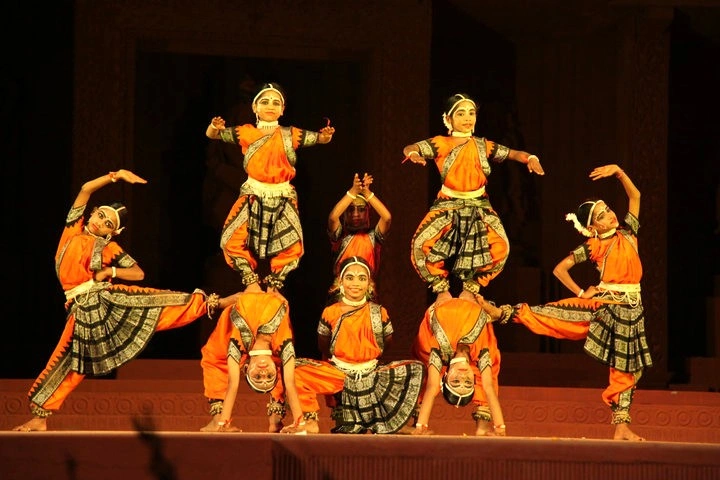
Traditional Attire
One of the most striking features of Gotipua is the costume and make-up. Specifically, boys dress in colorful sarees, adorned with jewelry and elaborate hairdos made of flowers. Moreover, the transformation into female characters is so convincing that it adds to the mystical beauty of the performance.
Dance Techniques
Gotipua dance blends:
- Lasya (graceful feminine movements)
- Tandava (vigorous masculine movements)
- Acrobatic poses (Bandha Nrutya) that are visually mesmerizing
Where is Gotipua Dance Performed?
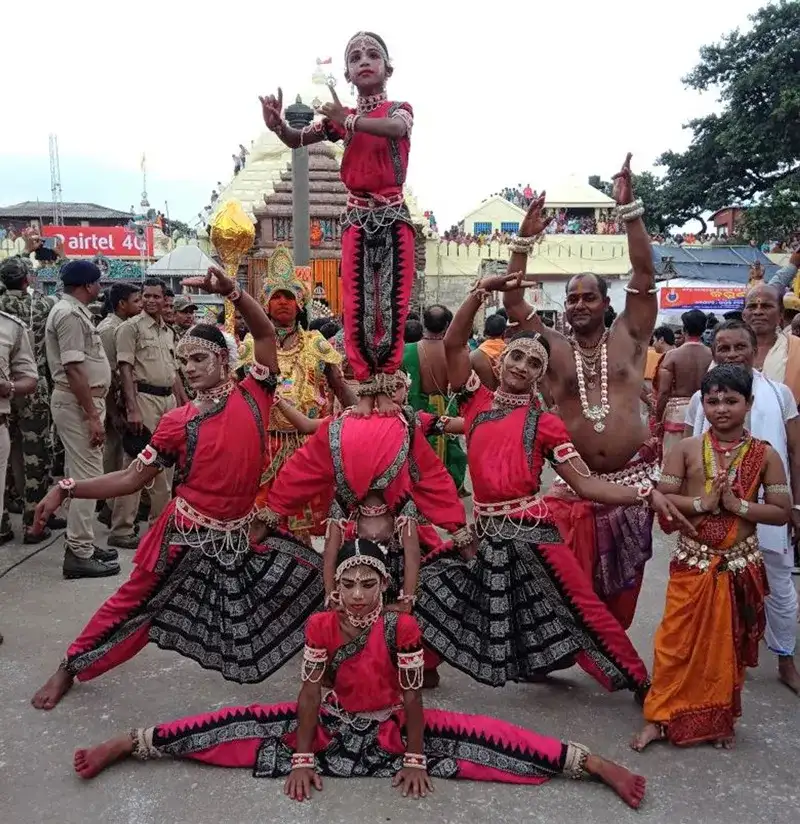
Cultural and Temple Festivals
The dance is often showcased during major events such as:
- Rath Yatra in Puri
- Cultural festivals like the Konark Dance Festival
Gotipua's Influence on Odissi Dance
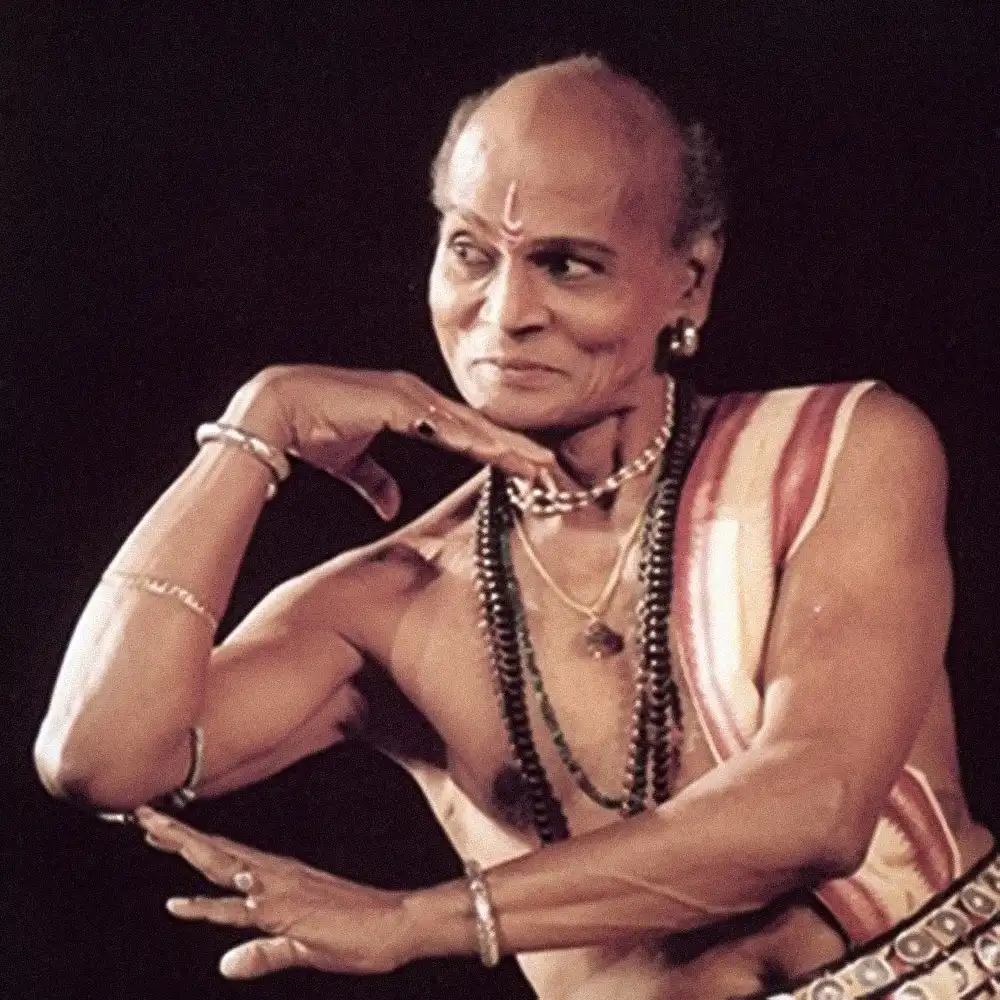
Gotipua can be called the backbone of modern-day Odissi. In fact, several famous Odissi gurus, including the legendary Guru Kelucharan Mohapatra, began their journey as Gotipua dancers. Moreover, the expressions (abhinaya), hand gestures (mudras), and postures (bhangi) in Odissi were heavily inspired by Gotipua performances.
Is Gotipua Dance Still Alive Today?
Revival and Preservation Efforts
Yes, and thankfully so. In villages like Raghurajpur and Puri, Gotipua continues to thrive, with institutions and families nurturing the art form. Odisha Government and cultural organizations have taken steps to recognize and support Gotipua as an intangible heritage.
People Also Ask
1. What is the difference between Gotipua and Odissi dance?
Young boys perform Gotipua in feminine attire, whereas trained male or female adults perform Odissi as a classical dance. Moreover, the Gotipua and Mahari traditions gave rise to Odissi.
2. At what age do Gotipua dancers retire?
Gotipua dancers usually stop performing after puberty, as the dance requires a specific youthful flexibility and feminine appearance.
3. Is Gotipua only performed in Odisha?
Yes, people in Odisha, especially around Puri and Raghurajpur, perform Gotipua as a regional dance form, and artists now showcase it nationally and internationally.
4. How long is the training period for Gotipua dancers?
Typically, the training starts at age 6–8 and continues until the dancer reaches adolescence. Moreover, it combines dance with yoga, music, and rigorous physical training.
5. Can girls perform Gotipua?
Traditionally, boys perform Gotipua. However, modern adaptations and cultural fusions now include girls in some forms of the performance.
Conclusion: Why You Should Watch a Gotipua Dance Performance
Gotipua isn’t just about tradition – it’s a moving story of faith, resilience, and transformation. Watching these young boys bring mythological tales alive with grace and agility is nothing short of magical.
So next time you visit Odisha or plan to attend a classical dance festival, make sure you witness a Gotipua performance – it’s not just a dance, it’s an experience.
To begin with, support traditional art forms like Gotipua by attending performances, sharing stories, and encouraging young talent. Moreover, if you're planning a cultural trip to Odisha, then make sure to visit Raghurajpur—the heritage village where Gotipua lives on. In fact, this village offers a rare glimpse into the living traditions of Odisha’s classical arts.

